Author: Chad Nielsen
-

From the Archives: Relatable Actions
I’m working hard on my Zerah Pulsipher biography and thought it would be fun to share a few items that I found interesting or fun. Today’s post focuses on a couple fun and relatable vignettes from early settlers in Utah and Idaho.
-
From the Archive: Seventies Blessings
I’m working hard on my Zerah Pulsipher biography and thought it would be fun to share a few items that I found interesting or fun. Today’s post focuses on blessings given to members of the newly-formed quorums of the seventies during the 1830s.
-
Wilford Woodruff’s Missions
Wilford Woodruff was a tremendously successful missionary in his early days as a member of the Church. Through doing so, he offered an example of many praiseworthy attributes, which were discussed by Kristy Wheelwright in her recently published book, Prepare Me for Thy Use: Lessons from Wilford Woodruff’s Mission Years. She also discussed some of…
-

From the Archives: Muddy Iowa
I’m in the midst of pushing to finish a draft of my biography of Zerah Pulsipher and thought it would be fun to share a few items here and there that I found interesting or funny while I’m working on it. Today’s post is about the laborious journey across Iowa in the spring of 1846,…
-
Rosalynde Welch on Christ in the Doctrine and Covenants
I really appreciate the ways in which Rosalynde Welch approaches scriptures and interpretation of scriptures. I’ve mentioned this in my review of Seven Visions of Christ in the Doctrine and Covenants, but Rosalynde also shared some of her insights in a recent interview at the Latter-day Saint history site, From the Desk. What follows here is…
-
Evolution and First Presidency Statements
BYU’s new book on Evolution and the Gospel of Jesus Christ may yet prove to be the most important contribution to literature for Church members out of the new Mormon Studies Books in 2025. If nothing else, the analytical tools and frameworks it introduces to members makes it worth reading. in a recent interview at…
-
John Turner’s Experience with Joseph Smith
One of the big ticket items among 2025’s Mormon Studies books is John Turner’s Joseph Smith biography. It was officially released earlier this week, though I published my review earlier this month. In addition, however, John Turner recently shared some of his thoughts on the book in an interview at the Latter-day Saint history blog,…
-
John Taylor and the 1886 Revelation
For Latter-day Saint document geeks like me, this weekend was a big moment – the Church History library released digital scans of the 1886 John Taylor Revelation and related documents (see the link here for the Church History Library). Accompanying the release, the B. H. Roberts Foundation also published a discussion of the document. I’m…
-
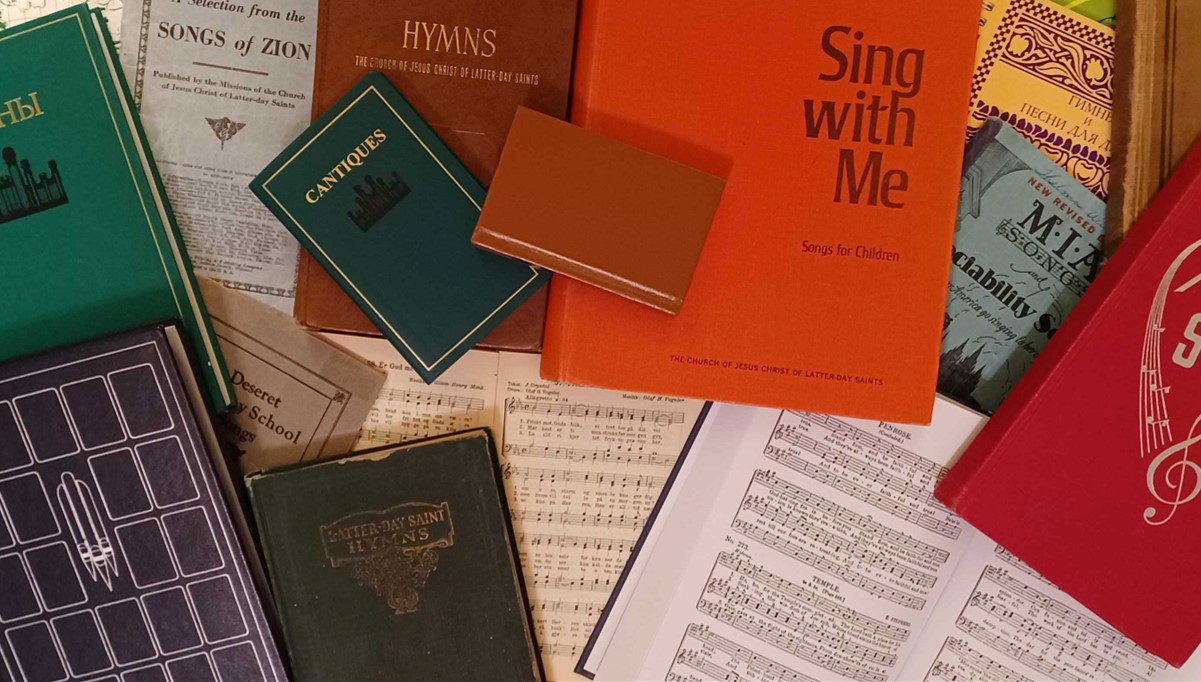
Hymnal Watch: June 2025
It’s been a while since I put out an update on “Hymns—for Home and Church”: The New Latter-day Saint Hymnbook, and I have some mixed feelings on the latest updates.
-
Mormon Studies Books in 2025
I don’t remember seeing a list given anywhere of books planned for publication in 2025 in the Mormon Studies field. So, in the interest of sharing what has been published and what is intended to be published in 2025, here is the list I have been able to compile:
-
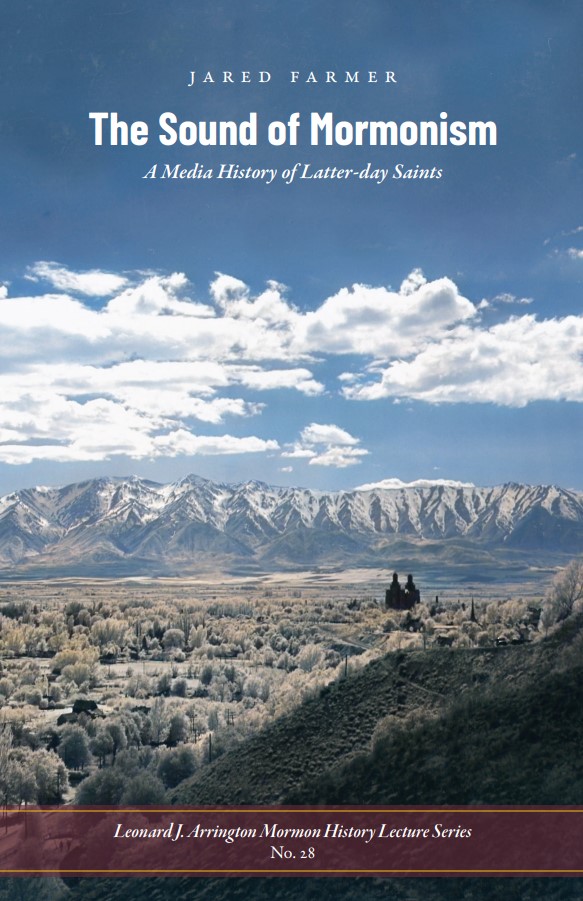
The Sound of Mormonism: A Media History of Latter-Day Saints: A Review
A few years back, Jared Farmer gave an interesting lecture in Logan, Utah for the annual Arrington Mormon History Lecture series called “Music & the Unspoken Truth,” which focused on the relationship between sound, religion and place, with a particular focus on Music & the Spoken Word. Since then, he has expanded the text of…
-
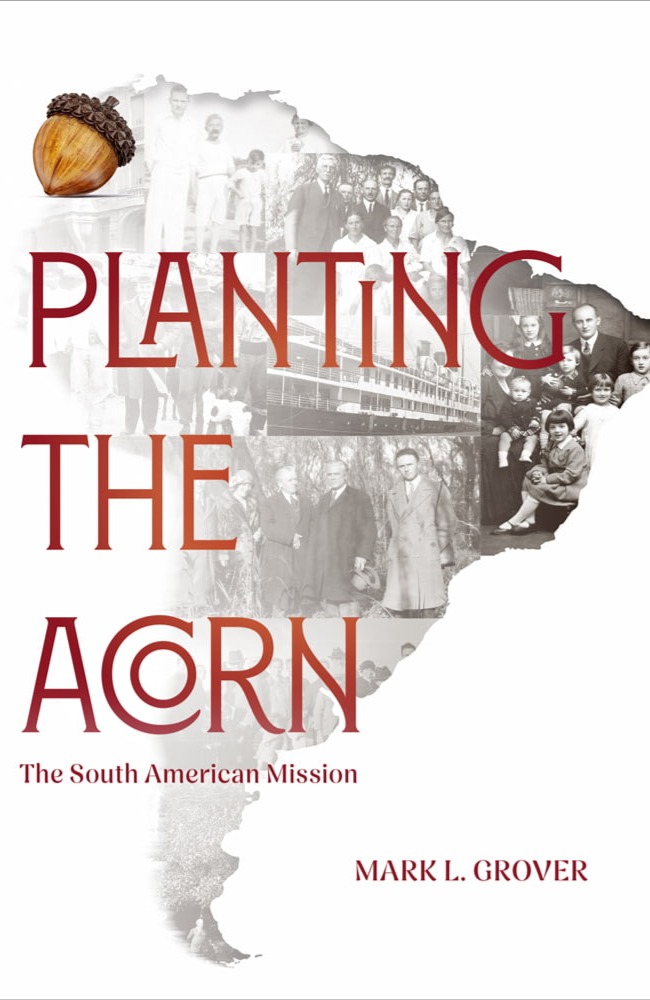
Planting the Acorn: A Review
One hundred years ago this December, a group of three general authorities dedicated South America for the preaching of the gospel while establishing a mission in Buenos Aires, Argentina. Given that this year is the centennial anniversary, there are a few ways in which the Church has been celebrating, such as the repeated visits by…
-
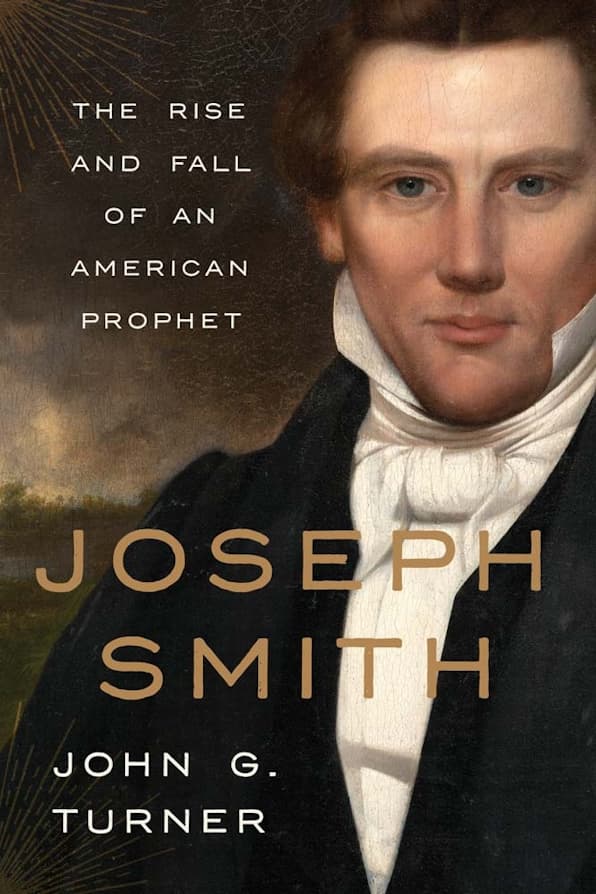
Review: Joseph Smith: The Rise and Fall of an American Prophet
The wait for the long-anticipated biography Joseph Smith: The Rise and Fall of an American Prophet by John G. Turner is soon over. Available through Yale University Press, this is the first major biography released about the founding prophet of the Latter Day Saint movement since the completion of the Joseph Smith Papers project. It…
-
Words of Brigham Young
One of the most important initiatives using primary sources from the Church History Library has been LaJean Carruth’s efforts to transcribe George D. Watt’s shorthand records. Her work has elucidated insights into early Utah history and the speeches of Church leaders that were previously unavailable. Over the course of her work, LaJean Purcell Carruth has…
-
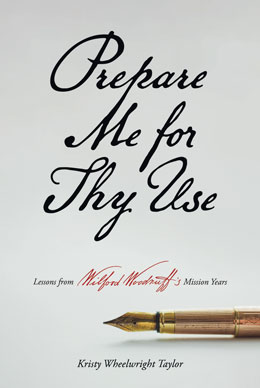
A Review: Prepare Me for Thy Use
Prepare Me for Thy Use: Lessons from Wilford Woodruff’s Mission Years, by Kristy Wheelwright Taylor is a wonderful, concentrated dose of Wilford Woodruff’s life for devoted Latter-day Saints. Taylor is able to draw upon her work as board secretary for the Wilford Woodruff Papers Foundation and knowledge of the sources available through the Wilford Woodruff…
-
On The Restored Gospel of Jesus Christ and Evolution
There has been some recent excitement in the Latter-day Saint scholarly community about the recent publication of BYU Life Sciences, The Restored Gospel of Jesus Christ and Evolution. It’s a publication that’s been years in the making, and highly anticipated during the last few years, so it’s good to see it come to fruition. Co-editor…
-
On Vienna Jaques
The Doctrine and Covenants very rarely mentions women. In fact, it only mentions two contemporary women by name: Emma Hale Smith and Vienna Jaques. The former is by far the better known of the two, but Vienna Jaques is remarkable, for a few reasons. In a recent interview at the Latter-day Saint history blog From…
-
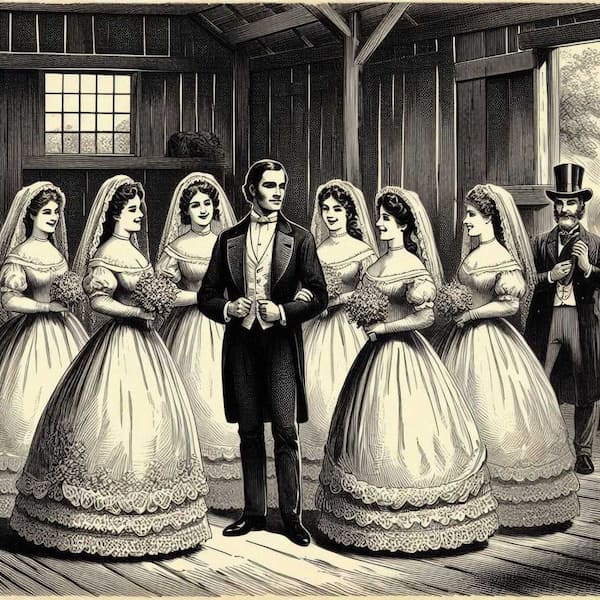
Monogamy is the Rule, Part 5: The Rule of One
In the previous two posts in this series, I discussed an 1886 dictated revelation from John Taylor. A related claim to this document that I am addressing here is that when fundamentalist Latter-day Saint groups began to become a religious movement in their own right during the 1910s and 1920s, the leadership of the majority…
-
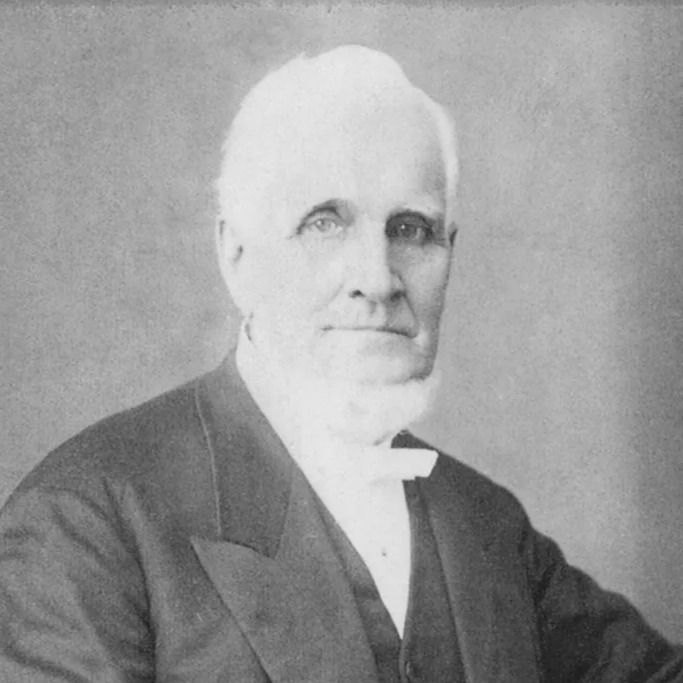
Monogamy is the Rule, Part 4: Guardrails
How do we make sense of John Taylor’s 1886 revelation, in the light of the Church’s stance that monogamy is the rule and polygamy is an exception? My response is that, first, one needs to keep in mind that dictated revelations (like the 1886 revelation, or even those in the Doctrine and Covenants), are not…
-
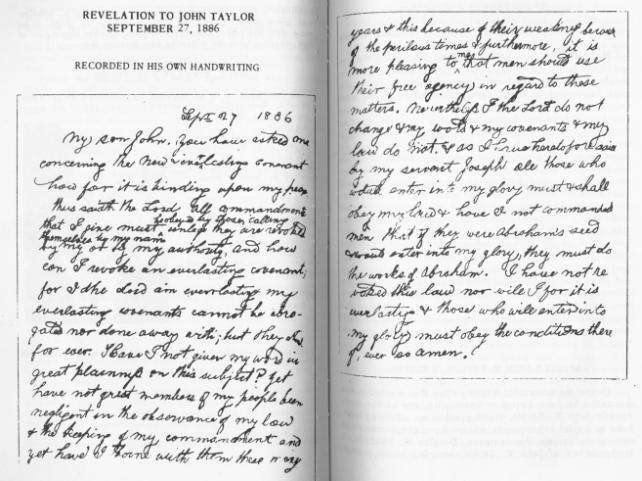
Monogamy is the Rule, Part 3: The 1886 Revelation
Back in November, I started a series entitled Monogamy is the Rule, outlining why we should expect monogamy to be the standard for marriage, both in this life and in the life to come. In the first of the series, I discussed how commandments and expectations from the Lord can change at different times, and…
-

Canonization, Part 2: The Future of Canon?
In my last post, I discussed the process of canonization. While formal canonization has been rare since the late 19th century, key additions to the scriptural canon—such as the Pearl of Great Price and select sections of the Doctrine and Covenants—highlight a pattern shaped by prophetic authorship, broad communal use, and alignment with institutional priorities.…
-
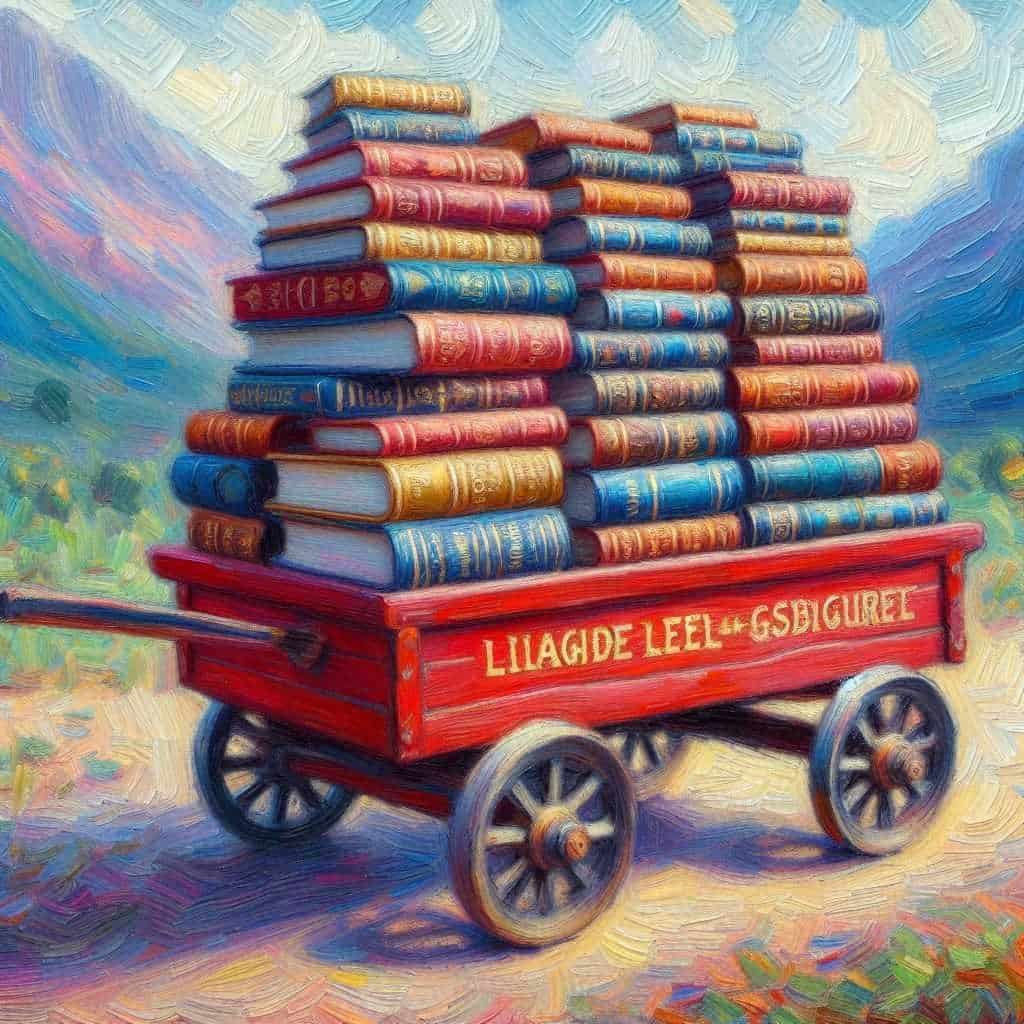
Canonization, Part 1: Functional Canon to Formal Canon
Canonization is a fascinating process. And with an open canon, Latter-day Saints have the potential to expand books of scriptures like the Doctrine and Covenants and Pearl of Great Price. The process of expanding the canon is a rare event in The Church of Jesus Christ of Latter-day Saints, especially since the 1870s, but some…
-

13th International Art Competition Opens Today
The 13th International Art Competition exhibition at the Church History and Art Museum in Salt Lake City opened this morning. The theme of the competition is based on Doctrine and Covenants 81:5: “Wherefore, be faithful; stand in the office which I have appointed unto you; succor the weak, lift up the hands which hang down,…
-
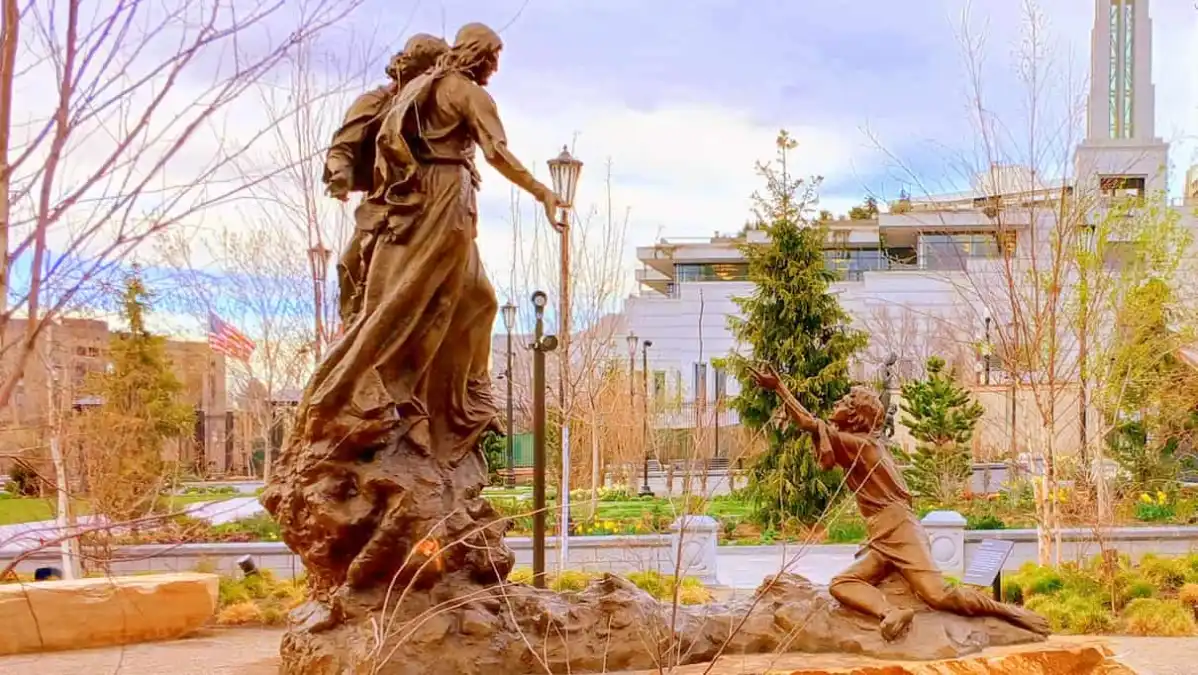
A New Look at the 1832 Account of the First Vision
The 1832 account of the First Vision has always been treated as the black sheep of the family when it comes to contemporary accounts of that event. It is the most unique out of the accounts in several ways. Kyle Beshears recently published a chapter, giving an important explanation of some of those differences. He…
-
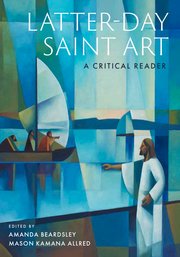
A Review: Latter-day Saint Art: A Critical Reader
Latter-day Saint Art: A Critical Reader is an excellent resource and insightful journey. The book aspires to be “the first expert critical treatment of Mormon visual art”, and it offers a breadth and depth that live up to that ideal. The volume includes twenty-two essays by scholars from various disciplines, perspectives, and backgrounds who offer…
-
A History of Young Women’s Organizations in the Church
The Church Historian’s Press recently published a history of the Young Women’s organization in the Church entitled Carry On: The Latter-day Saint Young Women Organization, 1870–2024. In connection with the release of this landmark study, Lisa Olsen Tait discussed the book in a recent interview at the Latter-day Saint history blog From the Desk. What follows…
-
Samuel Weber on Adam-God Doctrine
One observation about Brigham Young—particularly when it comes to his most controversial ideas, like the Adam-God teachings—is that he tended to take ideas from Joseph Smith and then amplify them. The priesthood and temple ban on individuals with black African ancestry, for example, can be seen as an expansion of things Joseph Smith accepted and…
-
The Voice of the Lord: A Review
BYU published a few books late last year in connection with the Doctrine and Covenants. Among these is The Voice of the Lord: Exploring the Doctrine and Covenants, edited by Alexander L. Baugh. The book is a collection of essays previously published by BYU in a variety of forums (Sydney Sperry symposium publications, Religious Educator…
-
On a New Edition of Teachings of the Prophet Joseph Smith
When I was on my mission, there were a few hot commodities on the book market that most of the missionaries wanted to get their hands on. Foremost among them were Teachings of the Prophet Joseph Smith and Joseph Smith: Rough Stone Rolling, with bookstores in Nauvoo, Illinois being the location in my mission where missionaries could…
-
A Review: Eduardo Balderas: Father of Church Translation, 1907–1989
I love finding out about key people in the history of the Church of whom I was previously unaware. Signature Books’s latest entry in its Brief Mormon Lives project, Eduardo Balderas: Father of Church Translation, 1907–1989, by Ignacio M. Garcia, is a great example of this.
